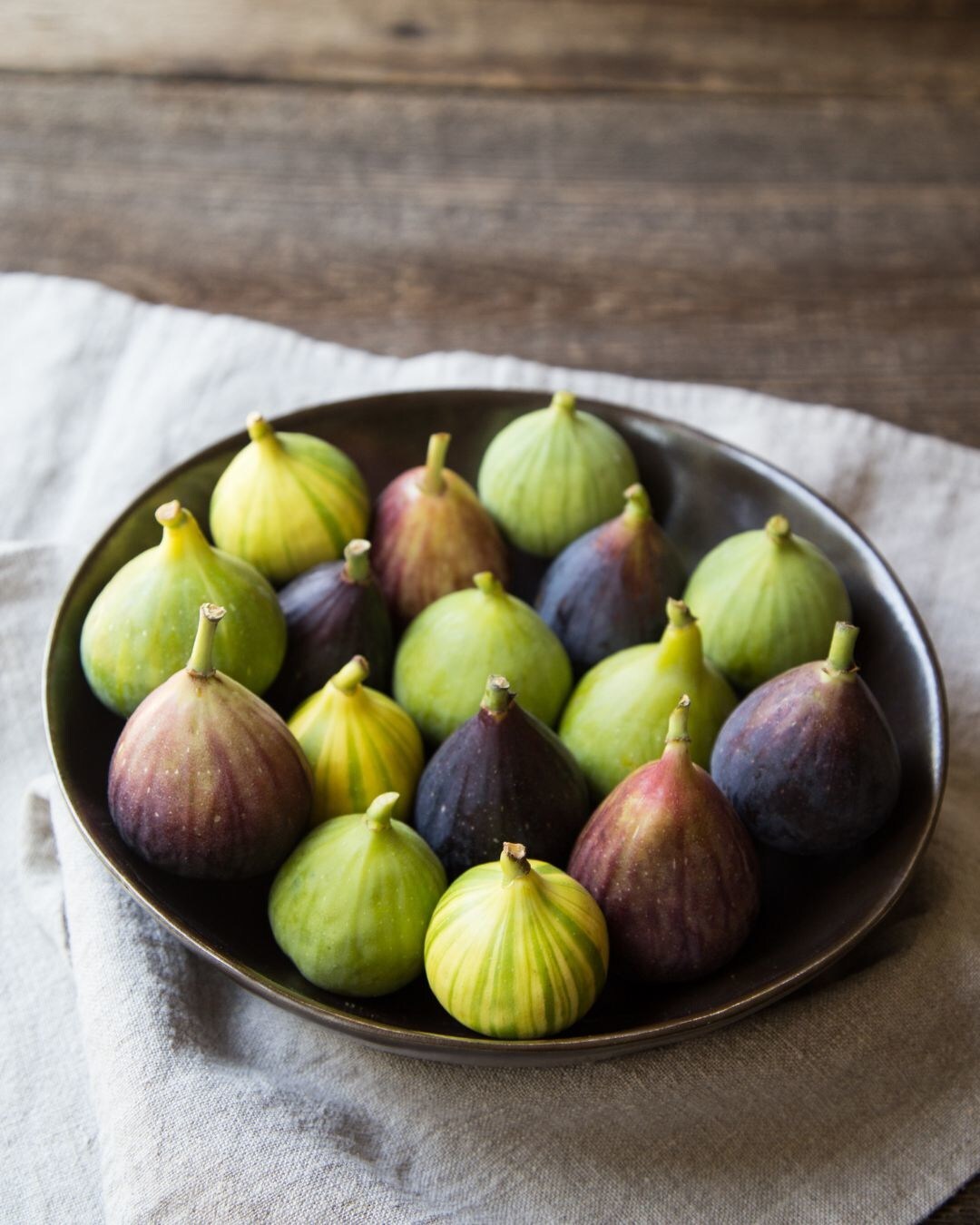While California’s fresh fig season has officially started, the crop was about a week behind due to the moderate spring and summer weather.
“This enabled the trees to have exceptional size and flavor, as they have not been exposed to extreme heat,” says Karla Stockli, CEO of the California Fresh Fig Growers Association. “Extreme heat isn’t ideal for fig orchards. The industry is hoping these moderate summer temperatures continue for optimal production.”
Figs were first introduced to the U.S. by Spanish and Portuguese missionaries in the 1790s, first grown in the state in San Diego, Santa Clara, Ventura and Sonoma.
The California Fresh Fig Growers Association represents more than 100 growers, marketers and processors of figs on about 9,300 acres in Madera, Fresno and Merced counties, with the area’s well-draining soil, warm temperatures and full sun.
The state produces 98% of the fresh figs grown commercially in the U.S.
Variety Mix
Stockli says mission, with its purple and black skin and deep earthy flavor, and brown turkey, with its light purple to black skin with robust flavor, continue to dominate the fresh fig market.
She says she also expects to see steady volumes of sierra and tiger. Sierra features a light-colored skin and a fresh, sweet flavor. Tiger offers a light yellow color with dark green stripes and a bright red-purple interior fruit with a fruity, raspberry, citrus flavor.
California fig growers also have a new variety available: emerald. Stockli says it is similar to calimyrna, which is no longer grown in the state. Emerald, which features green skin with a pale pink interior, is self-pollinating and features a similar shape, color and flavor to calimyrna.
“It has more of a creamy flavor, rather like crème brûlée, and less fruity,” she says. “Pairings would be things with a more fruity or sweeter flavor profile.”
Stockli says emerald volumes will continue to build in the coming years as trees mature. She also says retailers have had a great response to the variety’s introduction.
“Enthusiasm for the emerald from the retail community is very high,” she says.
This Year’s Figures
Following the breba crop of mission figs that ran from May to June, California fig growers are gearing up for the main crop, which will be available through November.
Stockli says she expects this year’s harvest will be about the same as in 2024 due to older orchards as well as growers pulling out older orchards because of water restrictions in the state.
“While the industry continues to plant new orchards due to demand, we do not expect production to be up significantly,” she says. “This is due to a number of older orchards that are reaching the end of their useful life along with water restrictions in California.”
She says she expects this year’s harvest to hit around 10 million pounds, and she continues to see growth in demand for fresh figs.
“The California fig industry does not anticipate an oversupply,” she says. “If anything, fig production will fall short of demand as figs continue to grow in popularity.”
Another trend that is worth noting, Stockli says, is that growers continue to produce more organic figs in response to consumers’ increasing interest in organic produce.
“The industry continues to convert more acres over to organic,” she says. “You should expect to see a larger supply of organic in the future at retail, as they have sometimes been hard to find in the past.”


















